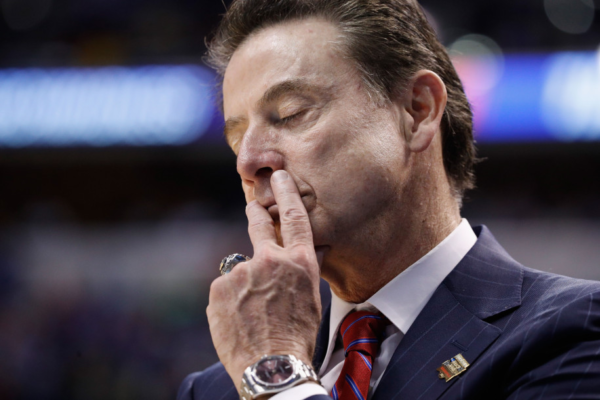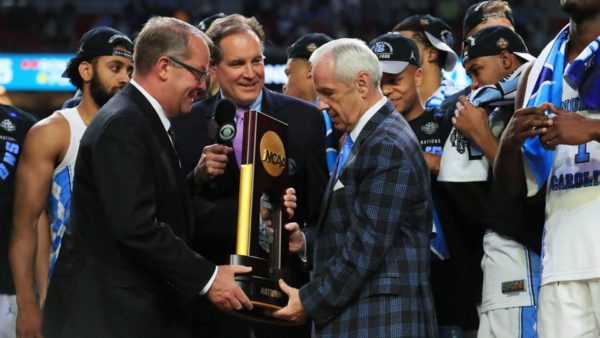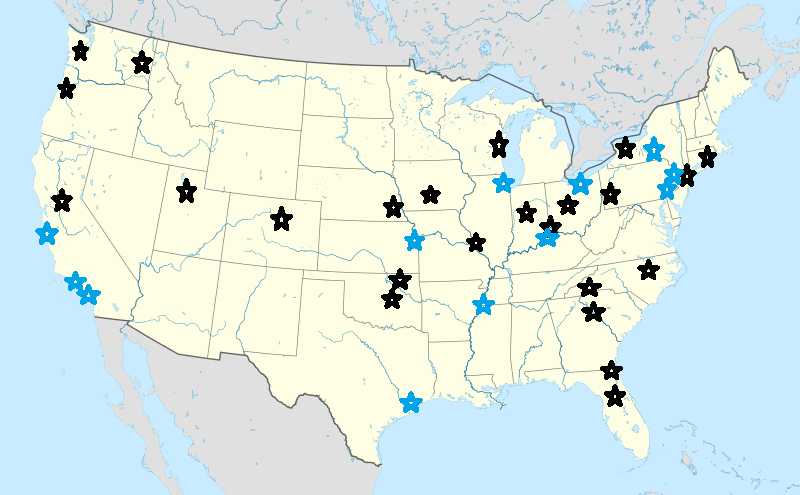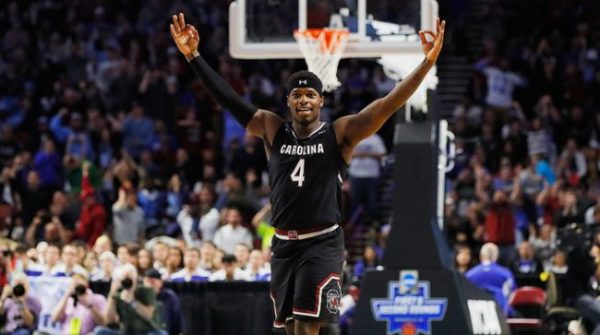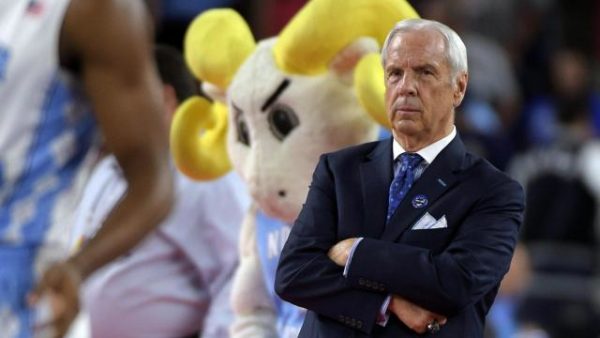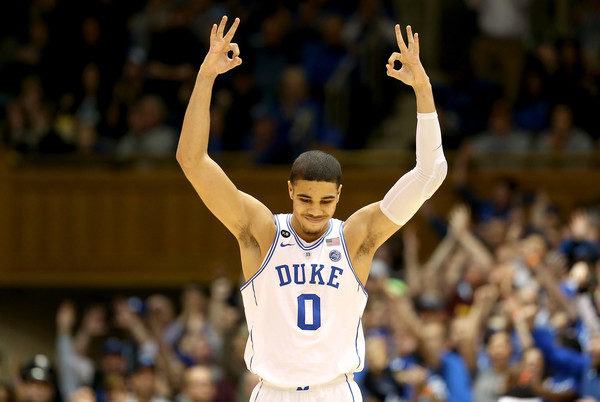ACC Burning Questions: Pittsburgh Panthers
Posted by Brad Jenkins (@bradjenk) on October 24th, 2017This team preview is part of the RTC ACC microsite’s preseason coverage.
Burning Question: Can Pittsburgh avoid the ACC basement?
After suffering an inordinate number of player defections last spring, Pittsburgh head coach Kevin Stallings is now left with only two players who scored in a game last year — and that pair combined to produce a grand total of only 179 points all season. The Panthers finished the year with a 15-16 record, the first losing mark for the program in nearly two decades (1999-2000). It’s difficult to be overly optimistic about this squad either, a group that will almost certainly be picked near the bottom of the league. For some measure of hope, Stallings can look to the achievement of Josh Pastner at Georgia Tech just one season ago. Pastner’s first team in Atlanta likewise featured no returning starters and an unheralded crop of newcomers, but somehow, he turned that bunch into a surprising bubble team by the end of the year. Those Yellow Jackets featured a former role player who became an all-ACC caliber center (Ben Lammers) and a rookie (Josh Ogogie) who well surpassed his high school ranking. For Pitt to pull off that kind of season in Stallings’ second year at the helm, it will need to find similar production from several unexpected sources.
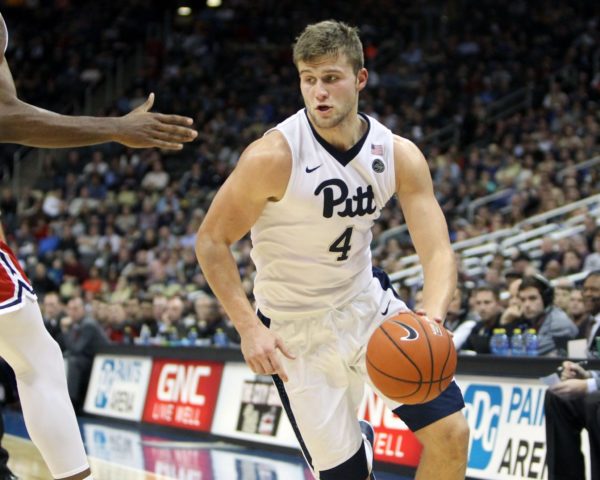
Pittsburgh needs Ryan Luther to make a big leap in production as a senior (Pittsburghsportsnow.com)
Of the Panthers’ two returning scholarship players, only one has the potential for a breakout senior year. Forward Ryan Luther has battled through some injuries — he missed 12 ACC games last year with a stress fracture — but he has also shown a number of spurts of good play. The 6’9″ Pennsylvania native has contributed nine career double-figure scoring games and has proven to be a capable rebounder and defender — with greater usage, he could easily double last year’s season averages of 5.7 PPG and 3.9 RPG. The other holdover from last year, guard Jonathan Milligan, has not yet proven that he can play at this level — he went a ghastly 29 percent from the field in 27 games last season. Stallings also added another experienced player via the graduate transfer route in small forward Monty Boykins (Lafayette), who missed all of last year with an injury. But don’t expect the newcomer to add much — in 2015-16, Boykins posted just a 91.3 offensive rating for a terrible (6-24) low major team. Read the rest of this entry »





























